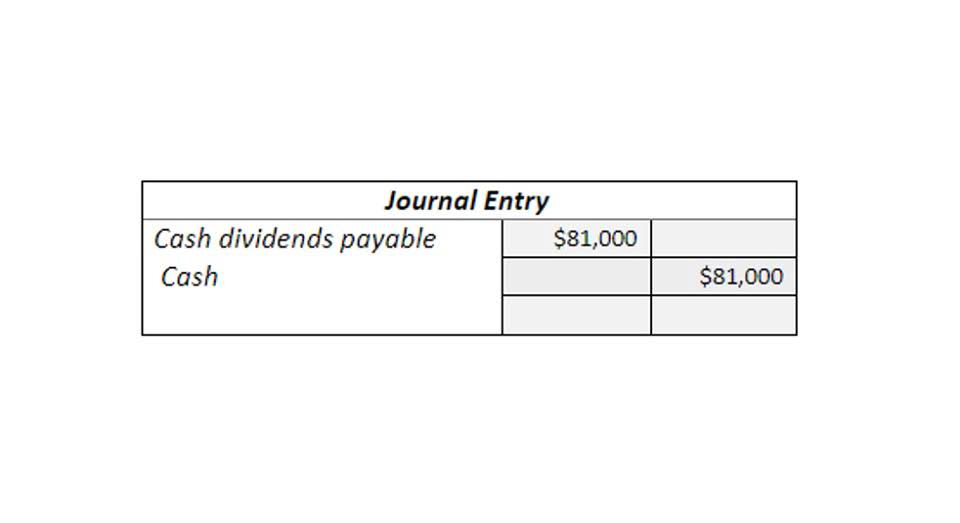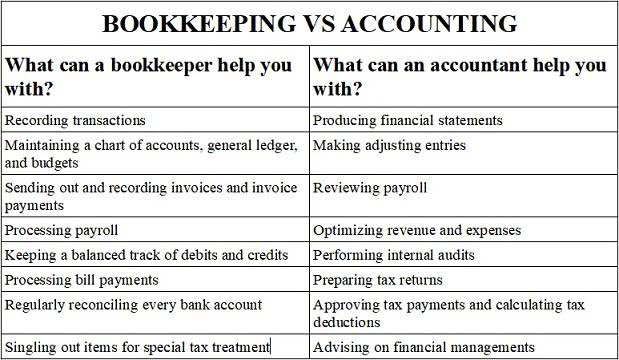Understanding Deposit Slips: The Importance of Properly Documenting Bank Deposits
Understanding Deposit Slips: The Importance of Properly Documenting Bank Deposits
Understanding Deposit Slips: The Importance of Properly Documenting Bank Deposits

Deposits in transit are deposits you have recorded in your accounting system before they are cleared by the bank. This timing gap means your books and your bank balance don’t match—but only for a short time. Your bank may also provide a receipt in addition to — or instead of — a duplicate of your deposit what is recorded on a deposit slip slip.
LTIMindtree Q2 Results Total Revenue Reaches ₹9,432.9 Crores

Many major banks offer a convenient solution through their mobile banking apps. assets = liabilities + equity After enrolling in your bank’s mobile app, you can simply use your smartphone’s camera to capture clear images of the front and back of the check. This method eliminates the need for a physical deposit slip and allows you to deposit checks quickly and securely. Despite advancements in technology, deposit slips continued to play a role throughout the 1980s and 1990s. As ATMs became more common, they often included the capability for customers to make deposits using paper checks or cash.
- This helps banks make sure that there are no funds left unaccounted for.
- You can deposit a cashier’s check without filling out a deposit slip, but some banks and credit unions may require a special deposit slip for next-day availability.
- It’s usually provided by the bank and contains all the necessary information.
- It’s important to avoid using correction fluids or scribbling out information, as it may cause confusion or rejection of the deposit slip.
- The account can be the individual’s own account or an account of another person.
- For example, you’ve written a check to a supplier, but they haven’t cashed it yet.
- A deposit slip is a crucial document that helps you deposit money into your checking account.
Reasons Why You Should Create Deposit Slips on the Platform

Once the teller has accepted the deposit for processing, they normally sign the deposit slip and place the bank’s official stamp on both the original and duplicate deposit slips. A checking deposit slip is a small written form that is used to place funds into your account. It indicates the deposit date, name and account number of the depositor, and the monetary amount to be deposited in the form of checks, and cash.
- Make sure to sign the slip as well, as this is an important security measure.
- If you’re making a remote deposit with your mobile device, you typically don’t need to use a deposit slip.
- Compare current account and saving account options to find the best fit for your financial needs, goals, and lifestyle.
- The technologically advanced approach makes things easier and also reduces human errors that are typical with handwritten entries, thus guaranteeing accuracy for your transactions.
- If you assume a deposit has cleared when it hasn’t, you might spend money that’s not actually available.
Do Banks Have to Keep a Record of Deposit Slips?

The account number is the most important piece of information, as it uniquely identifies where the money should be credited. Some slips also require the depositor’s name, which is useful for businesses managing multiple accounts. Have you ever had a situation where you waited in long lines and made check payments? A Budgeting for Nonprofits transaction was delayed because pre-printed checks didn’t arrive on time?
- Bank staff are typically happy to assist you by providing one, ensuring a smooth and convenient deposit process.
- Yes, banks are indeed required by federal law to maintain records of deposits that exceed $100 for a minimum of five years.
- That’s because most bank apps now can scan paper checks for the information required to make a deposit.
- This compact form simplifies deposit transactions, aiding customers and banks in efficient record-keeping.
Additionally, it can provide peace of mind knowing that your deposits are properly managed. When you deposit money in a bank or credit union, you may need to fill out a deposit slip to direct the funds to the right place. Deposit slips identify you and provide instructions to your financial institution.
Problems Arise When Creating Deposit Slips Manually

During reconciliation, review both types to get an accurate picture of your cash position. Tracking them helps prevent errors and ensures your records reflect your true available balance. But both create timing mismatches between your books and your bank statement.
